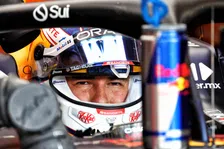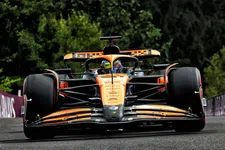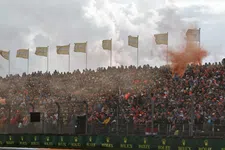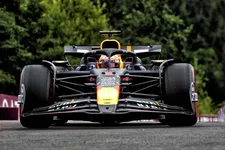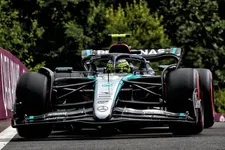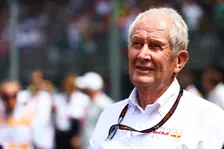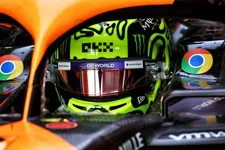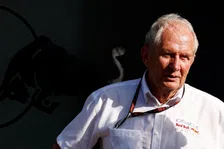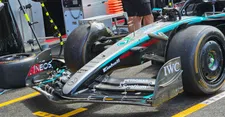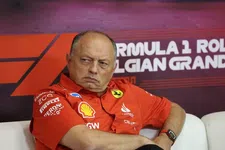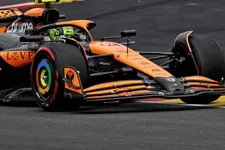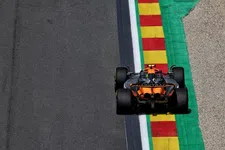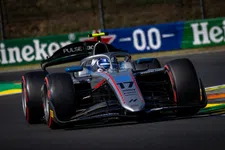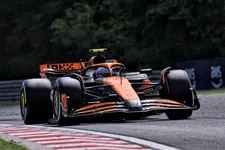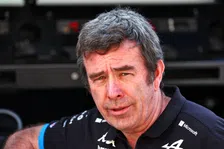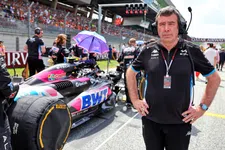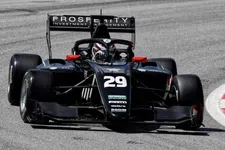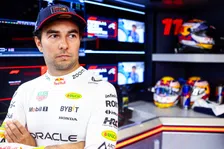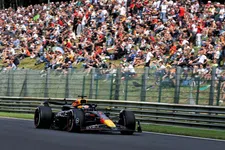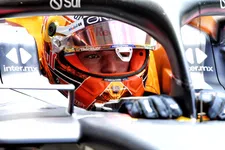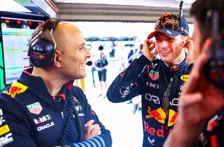Tech
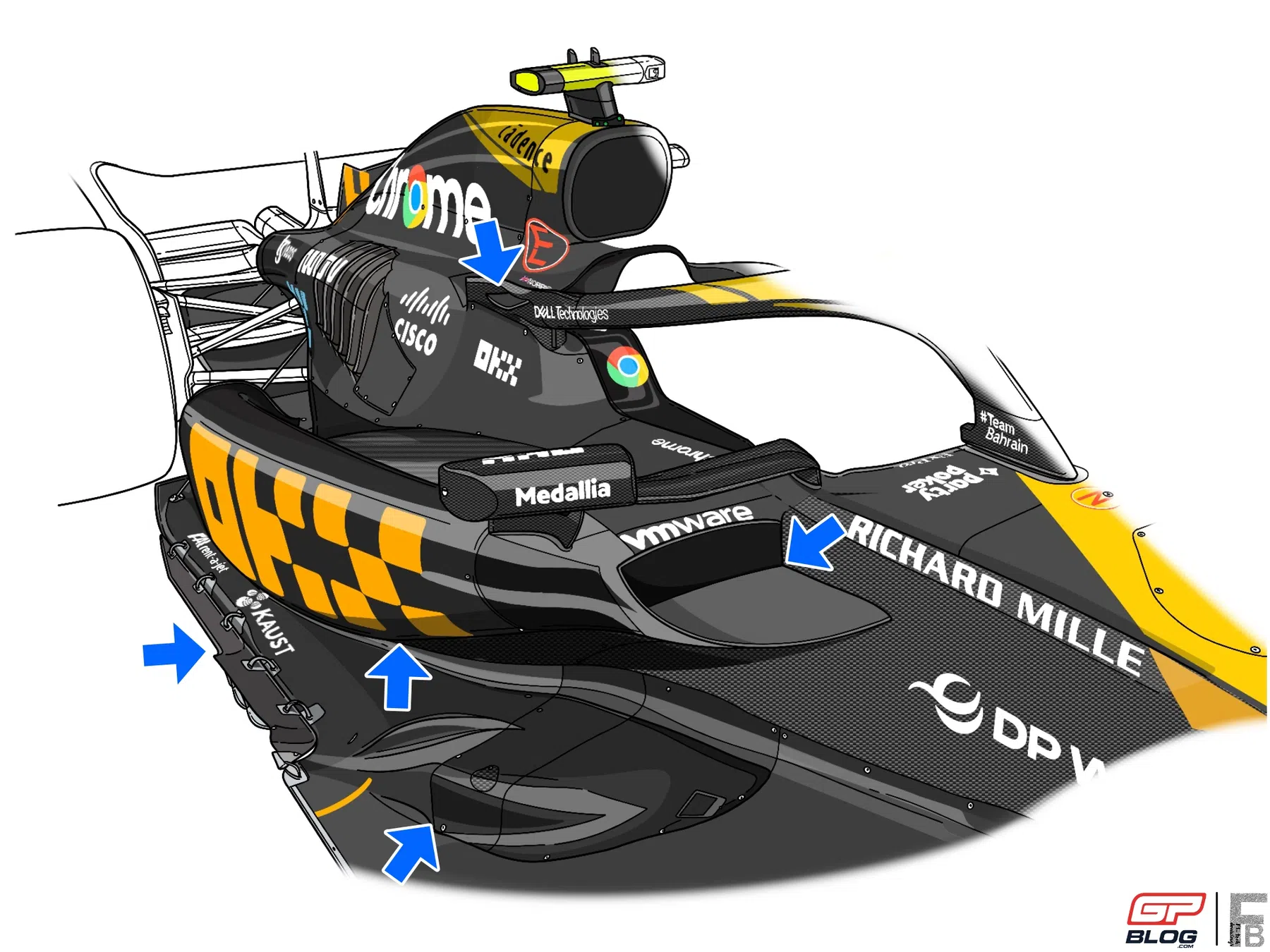
Technical Analysis | How McLaren can threaten Red Bull's 2024 title hopes
In 2023 McLaren managed to finish 4th in the Constructors’ Championship, a result that seemed impossible after a difficult start of the season. The British team led by Andrea Stella and Zak Brown did a stellar job bringing update after update to improve their car, managing to constantly fight for the podium during the second half of the season and be the best team behind Red Bull for a good amount of races. Looking at 2024, could they be a threat for Red Bull?
Horrible start, but the "B" version saved the season
At the beginning of the season, the Woking-based team had some very difficult first races, with no points scored both in Bahrain and Saudi Arabia. Theirf performance was very far away from their closest opponents. From a technical point of view, the MCL60 was a car able to generate a lot of temperature into the tyres, waking them up quickly, but had a few very different problems: it was slow in all slow speed corners, it lacked downforce and it had a high drag, meaning they were paying a lot in all the straights.
All these problems, however, were very difficult to be solved all together and for this reason they decided to embark on a development path that would have lasted the whole year. In fact, at the end of the winter the team had realized that they had taken the wrong path and they decided to start the 2023 calendar with the “slow” car, while the team at the factory would have simultaneously developed a “B” version to be brought to the track as soon as possible.
After the difficult first few races, McLaren managed to bring the first upgrade on the MCL60 in Baku: the main changes were related to the floor design and the beam wing. As far as the floor is concerned, it featured a new design of the fences at the inlet of the Venturi channel. In fact, the internal fences had been changed to better direct the flow under the car, while the outermost floor fence, now presented a more linear trend, useful for better managing the front tyres wake. Furthermore, the upper part of the floor had also been completely remodeled (again for aerodynamic reasons) around the SIS (lower impact structure), so as to form a useful step for diverting the flow (in a similar way to what has also been done by AlphaTauri with their latest floor evolution brought to Abu Dhabi). A small carbon "shell" was then added in front of the floor edge, to work in synergy with it. The edge had also been changed compared to the previous version: it now had a carbon profile with an inclined external edge and 3 vortex generators, useful for sealing off the floor. Furthermore, the long knife that continued along the entire length of the bottom disappeared, leaving room only for the "L" profile in front of the rear wheels, notoriously used to better manage porpoising and the ride height.

Together with all these changes, the car also sported a new beam wing, with two different profiles, to reduce drag as much as possible.
The changes were only marginal, as Norris was able to get P9 in Baku and both drivers scored 3 points in Monaco (where the rain helped them massively).
After all these disappointing results, the “B” version of the car was eventually shown in Austria, on Norris’ car, and then at Silverstone on both cars. The changes were massive, as they concerned all the sidepod area, floor and also the front wing. As for the sidepods, they now had a completely different design, with the water slide-like gulley in the innermost part, in complete Aston Martin style. The deep excavation allowed to increase the airflow directed towards the beam wing and the diffuser, with consequent gains in terms of downforce and efficiency. For this reason, the external part of the sidepod was a sort of "screen" so that the airflow inside was not disturbed by turbulence or gusts of wind. This element too, in fact, has been lengthened in its terminal part, to try to "limit this flow as much as possible". There were also visible changes in the mirror, which had a simpler and more linear shape, without profiles useful for influencing its aerodynamic behavior. A small fin was also added in the area where the halo attaches to the bonnet. Finally, as regards the floor, the "L" cut in front of the rear wheels had completely disappeared, with a more linear trend in this area. The floor edge had a shorter length than the Baku version, always with a very upward profile and vortex generators present. The latest changes mainly concern the outermost floor fence, now with a more inclined shape to better manage the turbulence coming from the front wheels. All these changes allowed the engineers to create a bigger undercut under the cooling inlet, thus creating a second channel that fed all the rear end of the car.
As regards the front wing, the points where the metal supports were placed between the wings have changed, as has the shape of the nose itself at the attachment to the nose, to improve the efficiency of the front wing itself.

All these changes had a huge impact on the car's behavior: the MCL60 gained a lot of performance in terms of downforce generated by the Venturi channels, an aspect that, together with its ability to put a lot of heat into the tyres, allowed Piastri and Norris to be very quick in all high-speed corners and sections. Moreover, they managed to increase the drivability a little bit, as the car behaved better also in the slow speed corners. However, the Woking-based team were still paying a lot of km/h on the straights if compared to Ferrari and Red Bull, proof of a “draggy” car and a non-efficient DRS. Despite these still present weaknesses, McLaren managed to score 98 points from Austria until Singapore, with 2 podiums by Norris, an incredible performance if compared to where they were in Bahrain. This rapid growth proved that the engineers managed to understand the weak points of the MCL60 and dealt with them beautifully and made the car quicker.
After these good performances, the team decided to bring another big package to Singapore, where the changes had the main goal to reduce drag and gain performance in the slow speed corners. Among the new parts, there was a rear wing with a cut in the endplate transition, with a metallic support on the top that ensured wing stability in DRS opening and closing phases. This solution should help reduce the drag without losing downforce. Along with this one, there were a completely re-designed sidepod, cooling inlet and floor: for what concerns the floor edge, it has been inspired by the Red Bull, as it now runs at the full floor edge length and the extra length is crucial as it adds vorticity to the primary floor vortex, ensuring an excellent seal for the airflow behind the car and improving diffuser performance downstream. Moreover, the new cooling inlet has been narrowed to reduce drag, without compromising the cooling of the radiating masses and the vital organs of the Power Unit. This solution has thus allowed the creation of a much larger undercut, which provides greater linear air flow towards the beam wing and the diffuser, thus creating a "double ground effect". In this area, the "humps" at the SIS are covered with a new fairing. This helps to divert the flows outwards, pushing the turbulence coming from the wheels away. The last change was related to the sidepod water-slide, which ensures consistent delivery of high energy air over the beam wing and between the tyre contact patch and diffuser resulting in consistent rear downforce.


These changes allowed McLaren to gain further ground on their opponents, as Norris was able to fight for the victory with Sainz in Singapore and the team managed to score a double podium both in Japan and in Qatar (where Piastri won the Sprint race).
Will they challenge Red Bull in 2024?
With the great step forward shown in 2023, McLaren is bidding to challenge Red Bull in 2024. However, they still need to work on a few aspects to get to their level: first of all, the team need to improve the drivability of their car, an aspect which both Norris and Piastri had been complaining about a lot during last year. Moreover, they need to make their car more aero-efficient, to get closer to Red Bull on the straights, not only when they open their DRS, but also when the rear flap is closed. Finally, the last element they have to work on for next year is the same as Red Bull, thus slow-speed corners performance. In fact, the MCL60 was still very slow in those sections where mechanical grip and drivability were required.
Despite this, with the recent addition of David Sanchez and Rob Marshall to the team, McLaren will have all the knowledge, the structures and drivers that could allow them to fight with Red Bull and Verstappen for the World Championship.

